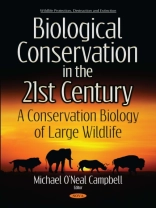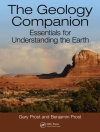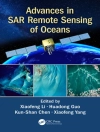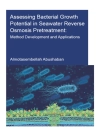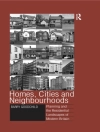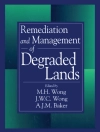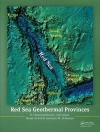Michael Campbell’s research interests are conservation biology, applied biogeography, political ecology and human wildlife relations in Africa, Latin and North America. This includes large avian and mammal species such as bears, large cats and herbivores, and eagles, vultures and other large birds. Teaching interests include conservation biology, population genetics, biogeography, GIS, remote sensing and statistical applications in biogeography and ecology, natural hazards and natural resource management, political ecology. Academic qualifications include a Ph.D. (Biogeography) 1998, University of London (Imperial College at Wye), Wye, UK, a Postgraduate Certificate in Conservation Biology, 2006. Manchester Metropolitan University, UK and an M.A. Geography (Biogeography, Geomatics) 2002. Carleton University, Ottawa, Canada. Campbell’s working background is in spatial science, applied ecology, urban, industrial and population geography, applied anthropology and sociology, human and environmental geography and environmental science, with GIS/Remote Sensing applications, in teaching, research and project applications. He has also worked as a geography, ecology and GIS teacher and researcher in Canada and the UK and as an environmental and social scientist, on biogeography, social ecology, environmental pollution, landscape change and nature/society relations, mostly with GIS applications at micro and macro levels.This edited book, composed of chapters written by scholars of the environmental and biological sciences, examines selected topics from the vast field of conservation biology, with a focus on some of the issues that dominate the current discourses and practices on the conservation biology of large wildlife. The first chapter examines the history and status of conservation biology and examines the status of large wildlife in conservation biology research. The second chapter examines the issues related to urban forestry and conservation, justified by the vast expansion of urban landcover into the habitats of large wildlife and the consequences for people and animals. Chapters Three and Four focus on big cats in the Americas and apply ideas from the theory of conservation biology to assess their conservation possibilities. Chapter Five examines the land cover conflicts that occur between people and animals when transportation networks intrude on habitats. Chapter Six looks at the nuances of governance and the impact on conservation policy. Chapter Seven describes the value of integrated research and geomatics in the applications to protected management. Chapter Eight takes a novel, total ecosystem approach by examining micro- and meso-fauna and their function in ecosystems inclusive of macro-fauna. Chapter Nine takes a case study of vultures, which are the most important scavengers in the world, and examines the impacts of recent diseases that severely decimated their numbers. Chapter Ten takes a case study of a unique savanna area on the forested West African coast, and investigates the ecology of the area and the factors for the extinction of large wildlife.
Michael O’Neal Campbell
Biological Conservation in the Twenty First Century [PDF ebook]
A Conservation Biology of Large Wildlife
Biological Conservation in the Twenty First Century [PDF ebook]
A Conservation Biology of Large Wildlife
购买此电子书可免费获赠一本!
格式 PDF ● 网页 291 ● ISBN 9781536120929 ● 编辑 Michael O’Neal Campbell ● 出版者 Nova Science Publishers ● 发布时间 2017 ● 下载 3 时 ● 货币 EUR ● ID 7217171 ● 复制保护 Adobe DRM
需要具备DRM功能的电子书阅读器
